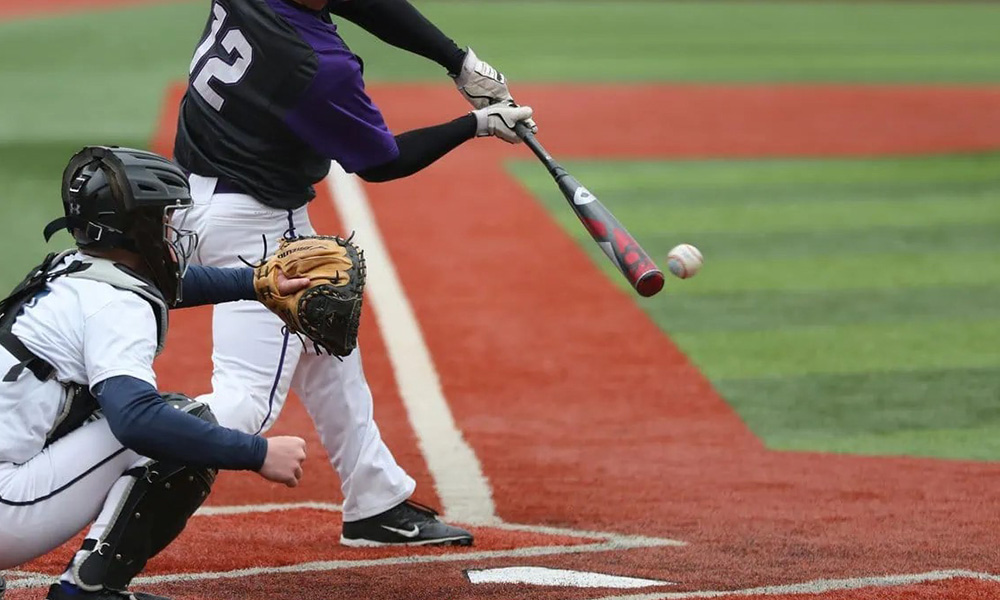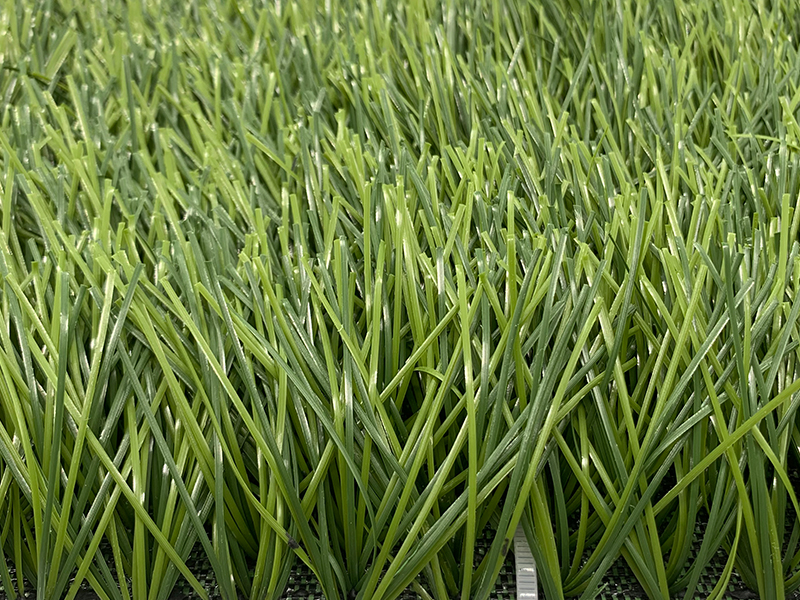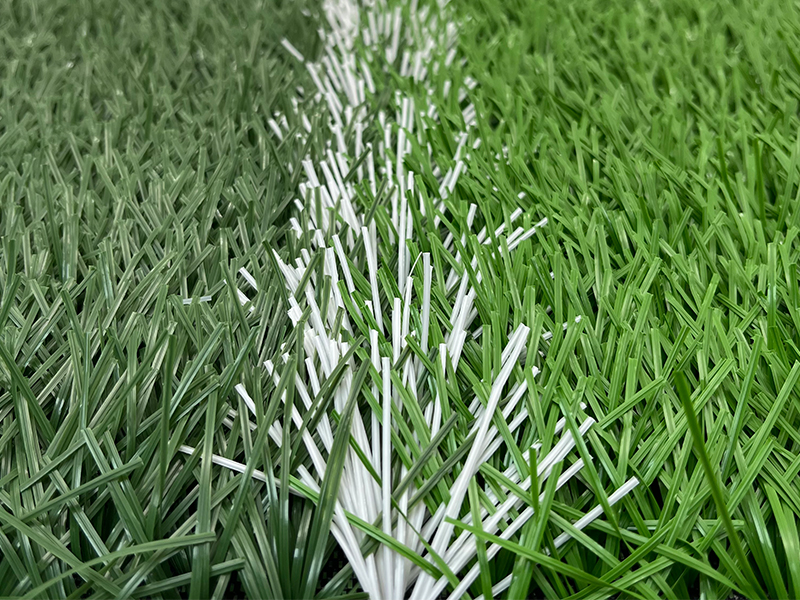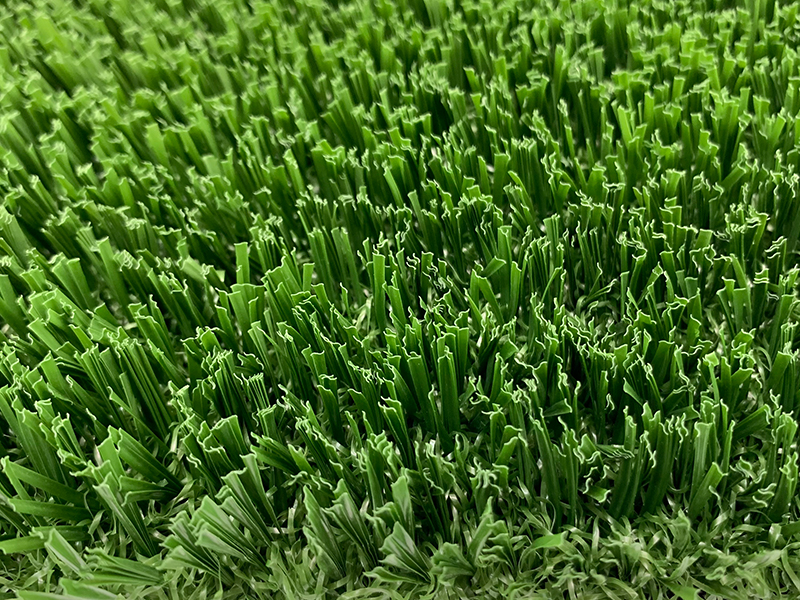Artificial Grass Solutions for Baseball Fields
What is an artificial grass baseball field?
An artificial grass baseball field refers to a baseball field made of artificial synthetic fiber materials, which simulates the appearance and feel of natural grass, but has higher durability and lower maintenance costs. This type of field is usually used in schools, clubs, community stadiums and some professional baseball training bases.
Its main components include:
Artificial turf surface: made of polyethylene (PE) or polypropylene (PP) fiber, with green grass or brown earth area grass.
Filling layer: quartz sand and rubber particles, used to support grass and increase cushioning.
Shock pad/bottom layer structure: improve sports comfort and reduce impact damage.
Drainage system: ensure rapid drainage on rainy days without affecting use.
Which areas is it suitable for?
Integrated design of inside and outside fields (such as reddish brown in the inside field and green in the outside field)
High-frequency friction areas such as the batting area, base area, and base track can be customized with reinforced grass or partially laid with rubber mats
All-weather use: can maintain good use in both arid and rainy areas
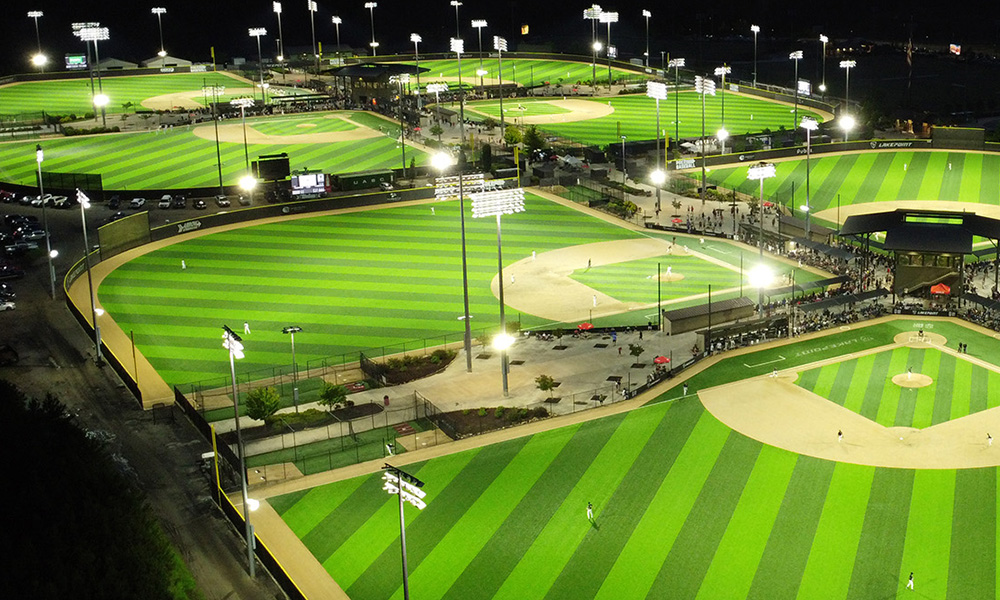
Advantages of UNIGRASS artificial turf baseball field
| Dimensions | Artificial turf for baseball | Key values |
| Sports performance | Passed ASTM F1936 & MLB recommended rebound/shock absorption index test | Accurate rebound when hitting the ball, moderate friction coefficient when sliding |
| Weather resistance | UV resistance ≥8, -40°C–60°C deformation <2% | Evergreen all year round, not afraid of exposure and low temperature |
| Field consistency | Fiber bundle density > 16,000 needles/m² | The benchmark inside and outside field speed is consistent with the rolling trajectory |
| Maintenance cost | Only 15–20% of natural grass per year | No need to mow, water, or fertilize |
| Environmental protection | Using recyclable PE+PP fiber, RoHS compliant | Reduce pesticides and water use, lower carbon footprint |
Installation process of artificial grass baseball field
Foundation treatment – compact 250mm graded gravel, compaction degree ≥95%.
Concrete leveling – C25 concrete 80mm, laser leveling; slope 0.5%-1% to ensure drainage.
Drainage system – "fishbone" concealed pipe + U-shaped ditch, drain rainwater within 30 minutes.
Shock-absorbing pad laying – 10-12mm composite EPP pad, absorb instantaneous impact.
Turf splicing – one-way texture alignment, hot melt tape + special glue.
Filling and sand brushing – fill quartz sand + rubber particles three times, heavy brushing to ensure the fiber is upright.
Line marking and marking area – PU spray painting is used, and the base area and the batting area are clearly distinguished in color.
Reference of construction period: 800m² cross-area lawn, standard team can deliver and complete in 10 days (including foundation).
Maintenance Guide
Weekly: Use a high-speed brush to comb the fibers and remove leaves and debris.
Monthly: Measure the filling height, and replenish it in time if it is 5mm below the design value.
Before and after the season: Check the wear of the seams and base area; if there is fiber drawing, use a hot air gun to reshape it.
Every 3-4 years: According to the intensity of use, "sand reshape" the entire surface or partially replace the high-wear area surface.
UNIGRASS provides an 8-year warranty and annual inspection service to ensure that the field always meets MLB training requirements.

Core differences from natural grass
| Indicators | Artificial grass | Natural grass |
| Initial construction cost | Medium (foundation + lawn one-time investment) | Relatively low, but requires professional grass seeds & soil improvement |
| Annual operation and maintenance expenses | Low: only cleaning and sand filling (no irrigation/pruning) | High: pruning, watering, fertilization, disease control |
| Field availability | 99% (can be played 20 minutes after rain) | 70% (recovery after rain requires 24-48 hours) |
| Surface consistency | Always flat, ball speed controllable | Greatly affected by temperature, humidity, and grass condition |
| Environmental performance | Reduce fertilizer and pesticide use, save water ≥1,000t/year* | Requires a large amount of water, fertilizer and pesticide |
How to Choose the Right Artificial Turf for a Baseball Field
When purchasing artificial turf for a baseball field, factors such as usage frequency and target audience should be considered. Specific guidelines are as follows:
First, define the intended use case:
1. Professional Tournament-Grade Fields
Extreme field consistency, high abrasion resistance, and ball bounce and friction coefficients meeting international tournament standards, suitable for high-intensity training and official matches (average use ≥200 games per year).
Highly abrasion-resistant grass fibers should be selected, with a fiber length of 50-60mm and a tuft density ≥10,000 tufts/㎡, ensuring the grass fibers do not easily flatten or tear during base sliding. Filled with quartz sand and environmentally friendly rubber granules to reduce joint injuries for athletes.
2. School Sports-Grade Fields
Prioritizing safety, these fields feature low impact and no environmental concerns, while also offering cost-effectiveness and moderate wear resistance. Suitable for daily student training, recreational events, and multiple reuse scenarios.
Mainly constructed with soft PE fibers, with grass fibers 40-50mm in length, the surface feels similar to natural grass, reducing skin irritation during skating.
3. Amateur Field Grades
High cost-effectiveness, easy installation, and easy maintenance. Suitable for low-frequency use, the field size can be flexibly adjusted, balancing basic athletic performance with cost control.
Choose PP fibers or an economical PE+PP blend, with grass fibers 35-45mm in length, sufficient for basic base running and passing/catching.
Be wary when purchasing:
1. Low-priced grass fibers
Low-priced turf often uses mesh-like materials or fine-fiber grass. These fibers have poor toughness and abrasion resistance, easily breaking and falling off after 3-6 months of use, potentially causing skin abrasions when skating. Some products also fail to meet UV resistance standards, fading and becoming brittle after a year of outdoor sun exposure, significantly shortening the lifespan of the field.
Note: Reject "mesh-like grass" and grass fibers that are visibly thin and weak; prioritize monofilament grass. Test the quality by forcefully pulling on the grass fibers; any noticeable breakage or falling off indicates it is acceptable. Request a grass fiber test report from the supplier to verify the parameters.
2. Poor Drainage
Poor drainage in lawns is often due to sparse drainage holes in the base fabric and improper particle size of the infill material. Water accumulates for more than 2 hours after rain, not only affecting usage frequency but also promoting mold growth and corroding the base fabric, eventually leading to turf delamination and damage. If the infill material has a high mud content, it can also clog drainage channels, exacerbating the water accumulation problem.
Note: First, verify the drainage rate test report; conduct a simulated watering test on-site; no significant water accumulation within 10 minutes indicates a pass; check the distribution of drainage holes in the base fabric—even and dense holes are required to meet standards; confirm the infill material to avoid improper particle size clogging the drainage; and also inquire about the site's foundation design to ensure a reasonable drainage slope.
3. Unreliable Suppliers
Unqualified suppliers may provide falsified test reports, and their installation teams may lack professional skills, leading to problems such as cracked joints and uneven filling. Their after-sales commitments are vague, leaving no guarantee for subsequent repairs and maintenance, and increasing site renovation costs.
Note: Request supplier qualification certificates and test reports to avoid falsification; review installation cases from the past 3 years to clarify the warranty scope, and refuse verbal agreements.
Conclusion
From professional performance to economic benefits, UNIGRASS baseball artificial turf provides high-quality, low-cost, all-weather solutions for clubs, colleges and community stadiums. With advanced fiber formula, fine drainage system and perfect after-sales maintenance, UNIGRASS is redefining the standard of modern baseball fields - making every swing and every slide happen on the ideal turf.
